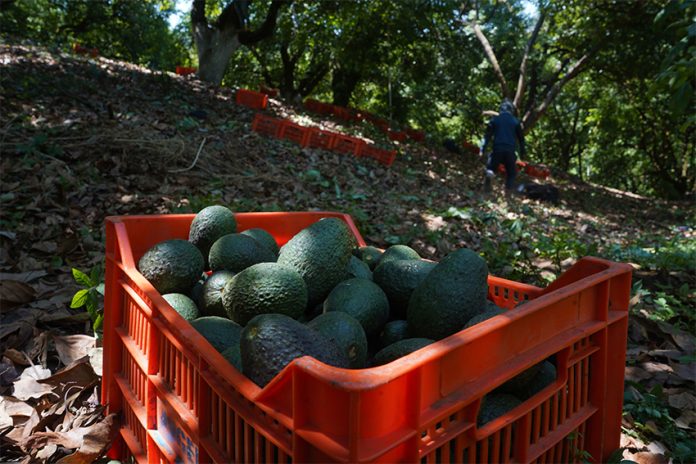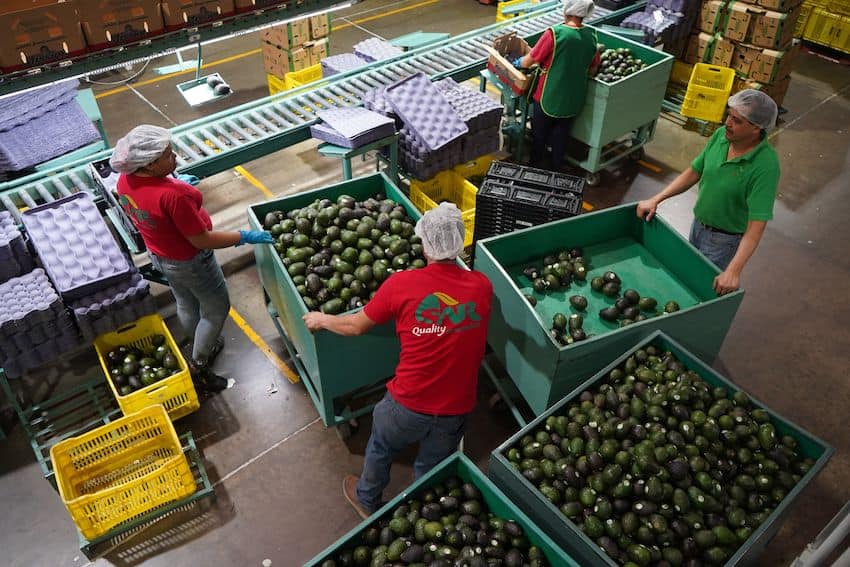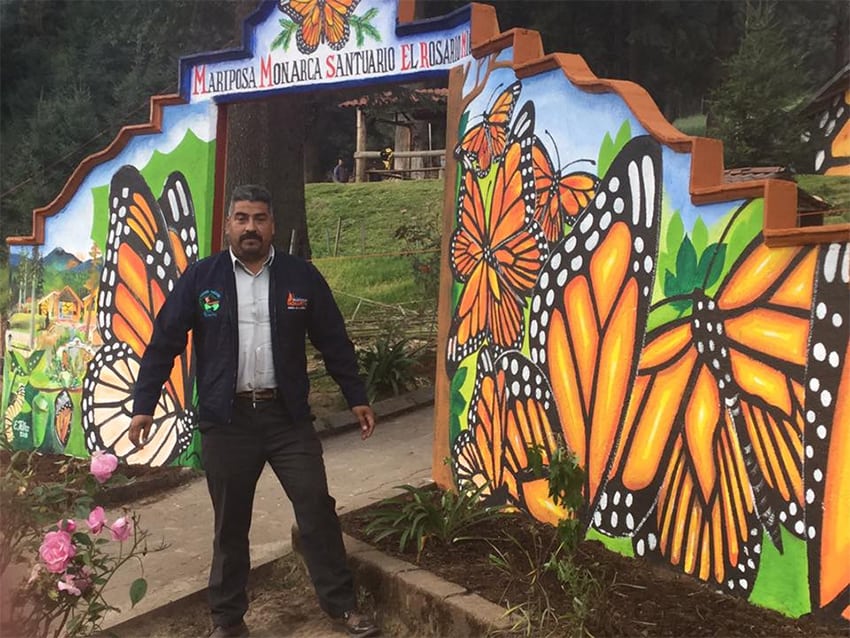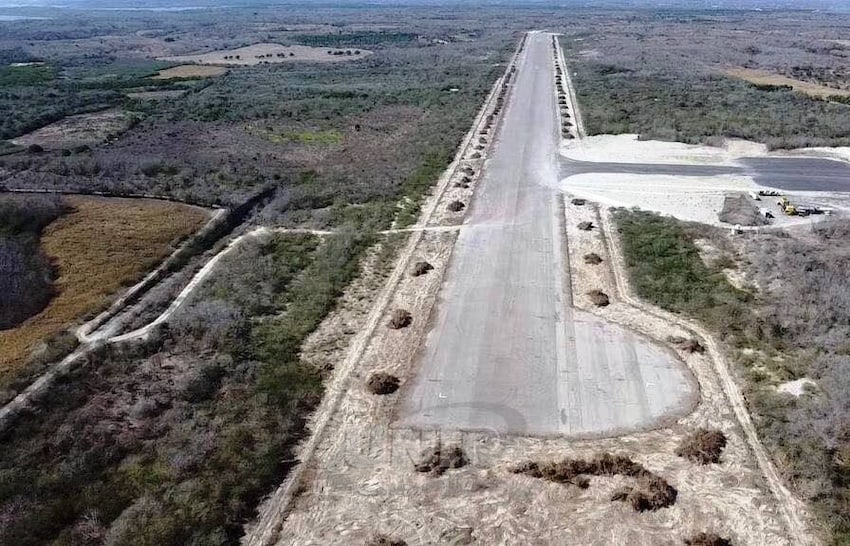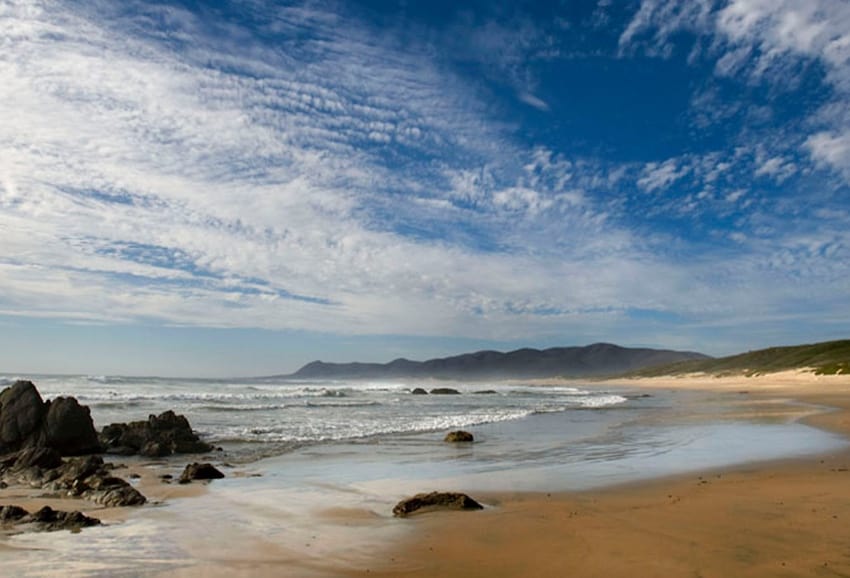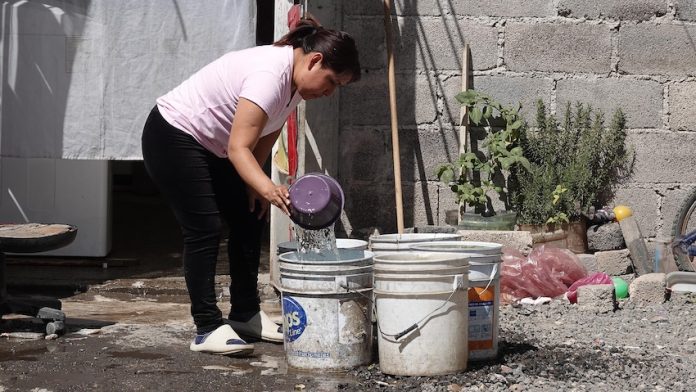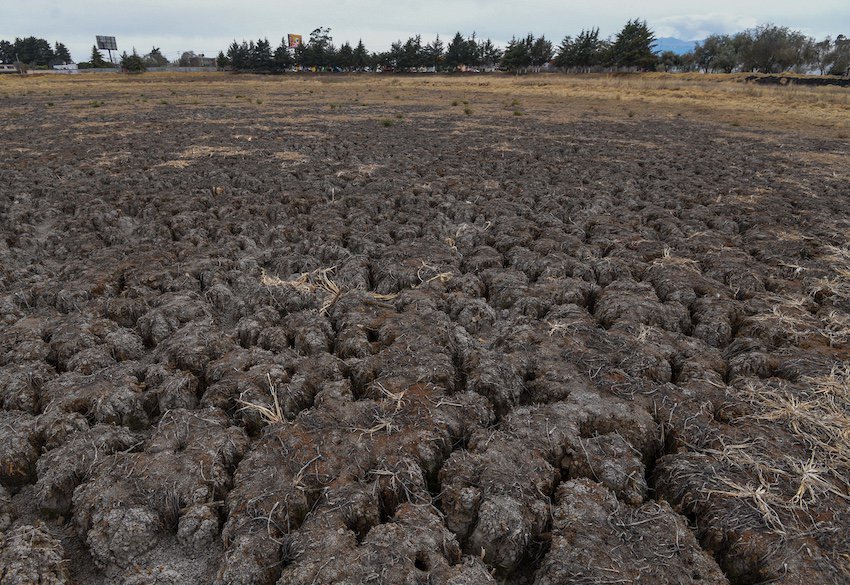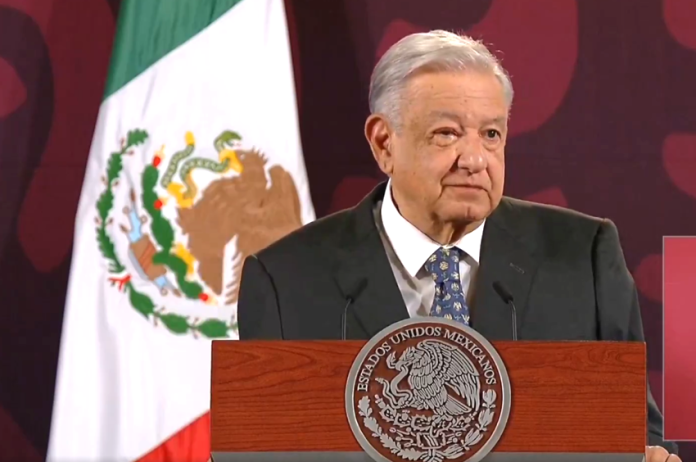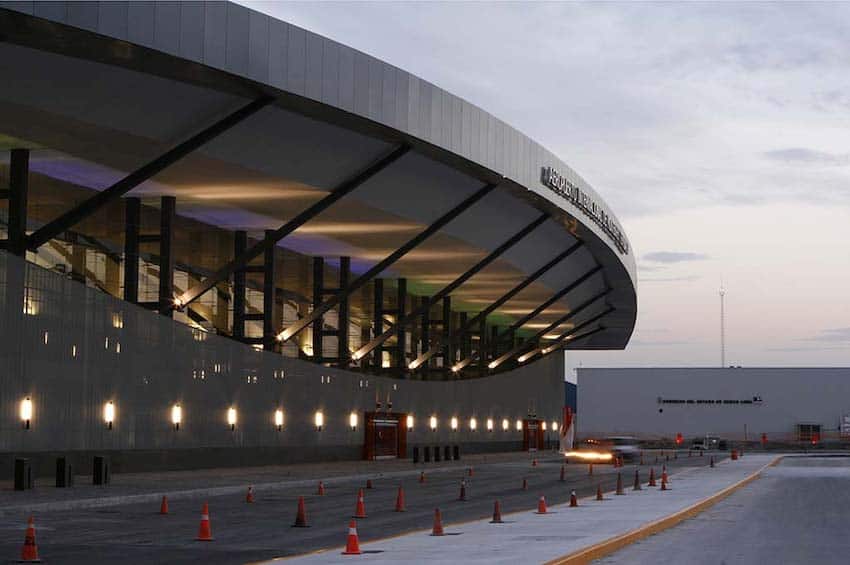This week is “Australia in Focus” week at Mexico News Daily so it’s an opportune time to look back at some of the previous stories we’ve published that feature both Australians in Mexico and Mexicans in Australia.
Here are seven such stories, presented here in chronological order.
A Mexican winemaker makes a mark far from home
In 2018, Susannah Rigg wrote about Mauricio Ruiz Cantú, an oenologist from Monterrey who moved to South Australia via Coahuila to develop his winemaking skills and start his own wine labels.
A Mexican winemaker down under makes Australian wine for Mexico
A “100% Mexican” filmmaker who just happens to be Australian
In 2022, Leigh Thelmadatter profiled filmmaker Michael Rowe, who shot to prominence with his debut film Año Bisiesto (Leap Year), set in Mexico City.
An aspiring Australian poet found his calling making films in Mexico
An Aussie artist in Oaxaca
In early 2023, Gordon Cole-Schmidt spent some time getting to know artist and gallery/cafe owner Jaime Levin in Oaxaca city.
Once in Oaxaca: meet Australian artist and gallerist Jaime Levin
The “Gringo Zapatista” who hailed from Down Under
Sheryl Losser researched and wrote this fascinating article about Roderick James Martson, an Australian who fought in the Mexican Revolution.
The mysterious ‘Gringo Zapatista’ who fought in Mexico’s Revolution
Mexico City native wows Sydney with authentic Mexican food
Rosa Cienfuegos spoke to Mexico News Daily last year about her culinary enterprises in Australia’s best-known city.
Inspiring a love for Mexico Down Under: meet Rosa Cienfuegos
Australian sailor rescued off the Mexican coast
Last year we covered the extraordinary story of Tim Shaddock and his dog Bella, who were rescued by fisherman off the coast of Colima after spending a difficult three months at sea.
Sailor and dog rescued by Mexican fishermen after 3 months at sea
Aussie potter finds inspiration in Oaxaca
Earlier this year, Laurel Tuohy profiled Australian curator and potter Stellah de Ville, who described the tradition of “making” in Oaxaca as “unparalleled.”
Stellah de Ville talks life, art and collaboration in Mexico
Mexico News Daily

